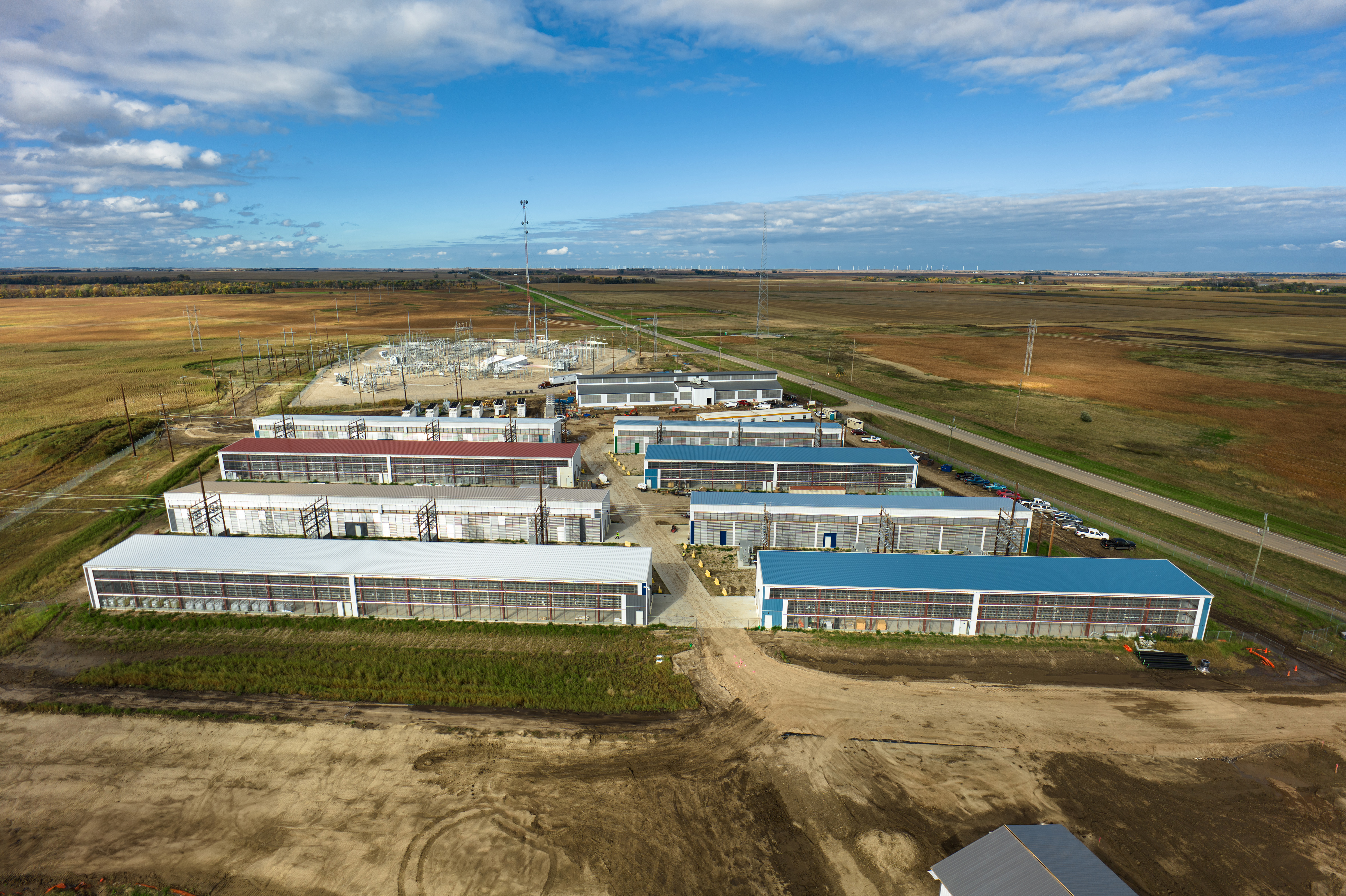Stargate AI: further reacceleration of the AI compute wave
Portfolio Manager Graeme Clark discusses the ambitious AI infrastructure project recently announced by Donald Trump and assesses the initial implications for the technology sector, as well as the project’s key players.

4 minute read
Key takeaways:
- The new Stargate AI infrastructure project aligns with the team’s view of the importance of AI as the next major wave of compute.
- While it’s unclear how much of this project is incremental new capacity vs. what would have been built organically, Stargate is clearly positive for the development of AI infrastructure.
- The necessity to update the existing Microsoft/OpenAI partnership looks to be a win-win situation for the key participants, OpenAI, Microsoft and Oracle.
What is Stargate?
Donald Trump’s latest headline is a new multi-billion AI infrastructure joint venture. Starting at US$100 billion, and scaling to US$500 billion over the next four years, the project aims to build out artificial intelligence (AI) infrastructure in the US market. The joint venture partners announced are Softbank, Oracle, OpenAI and MGX, the Abu Dhabi government-backed AI investment vehicle, with technology partners, NVIDIA, Arm, Microsoft and Oracle. SoftBank and OpenAI are the lead partners for Stargate, with the former having financial responsibility, and the latter operational responsibility.
There are a few factors that we think are worth considering when looking at this key announcement:
1. Stargate is another confirmation of our view on the importance of AI as the next major computing wave.
The project should help further accelerate share gains for technology stocks vs. the wider market. As a reminder we remain in the early stages of this new wave, particularly in terms of the build out of AI infrastructure. Chat GPT-4, the first version that was made available to users, was only launched less than two years ago.
2. Stargate appears to be, at least in part, a pull-forward/formalisation of AI as a major disruptor.
3. The project serves as a point of development for the OpenAI/Microsoft partnership due to Oracle’s involvement.

Why is Oracle’s participation as tech partner in Stargate important?
Oracle’s direct involvement in the Stargate project necessitates an update to Microsoft’s OpenAI partnership. Microsoft’s exclusivity agreement with OpenAI meant that it was funding GPU capital expenditure investments for OpenAI’s model training with limited attached revenues. We had been hearing of some friction building between OpenAI’s desire for more capacity and Microsoft’s need to maintain discipline/balance around investments given the scarcity of capacity and growing customer demand. Microsoft has talked about the potential for its cloud platform Azure’s revenues to reaccelerate in 2H25 (six months to June 2025) with the vast majority of its AI revenues likely to come from inferencing vs. training. Having adequate capacity for customers remains important to deliver that reacceleration in Azure revenues.
This updated agreement does seem to be a win-win situation, retaining the strength and importance of the Microsoft/OpenAI partnership. It introduces Oracle as an additional route of supply for OpenAI AI training workloads, with Microsoft retaining the first right of refusal on any new capacity.
Additionally, Oracle’s involvement in the joint venture appears to be another endorsement of its OCI (Oracle Cloud Infrastructure) business, which has rapidly built a position within the leading four AI US hyperscale providers alongside Microsoft Azure, Amazon AWS and Google GCP. Last quarter, Oracle expected its cloud infrastructure (OCI) business to grow >50% in FY25, with capex expected to double in FY25 in order to build that OCI capacity. Oracle has seen strong backlog building for OCI, which looks likely to be further boosted by the Stargate project.

Another uplift for NVIDIA
It’s difficult to know how much true “new capacity” will result from Stargate. But as the clear leader in the AI infrastructure space, it is also another boost for NVIDIA, with its GPUs and integrated systems remaining at the heart of almost every major AI data centre build. However, there is an increasing number of competitors in the space, including Arista, Ciena, Dell, Broadcom, Mic on, and Flex.
Right now, financial details on the Stargate project remain limited beyond the US$100 billion initial investment and US$500 billion total expected investment. Having just visited a state-of-the art AI data centre in Nevada, it is clear that these facilities take time to build and be operable, (due to the need to secure sites and energy requirements, build the external infrastructure, secure GPU capacity and then build the internal infrastructure including racks cooling etc), so it’s unclear on timing and to what extent we will see returns from Stargate.
To conclude, this is a notable announcement, aligned with our view of the importance of AI as the next major wave of compute. While we don’t know how much of this project is incremental new capacity vs. what would have been built organically, Stargate is clearly positive for sentiment around AI infrastructure. We also think the deal and the update to the Microsoft/OpenAI partnership seems to be a win-win for the key participants, OpenAI, Microsoft and Oracle.
AI inference: refers to artificial intelligence processing. Whereas machine learning and deep learning refer to training neural networks, AI inference applies knowledge from a trained neural network model and uses it to infer a result.
Capex/capital expenditure: company spending to acquire or upgrade physical assets such as buildings, machinery, equipment, technology etc. to maintain or improve operations and foster future growth.
GPU: a graphics processing unit performs complex mathematical and geometric calculations that are necessary for machine learning, content creation and also used in graphics rendering and gaming.
